23+ Sample Job Plan Templates
-

Model Job Plan for a Consultant
download now -
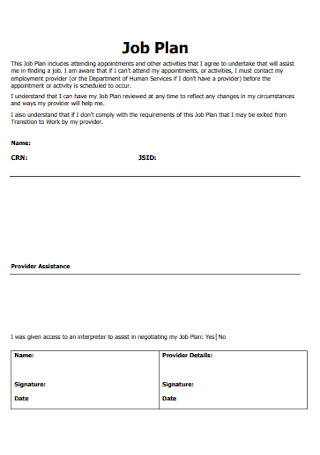
Sample Job Plan Template
download now -
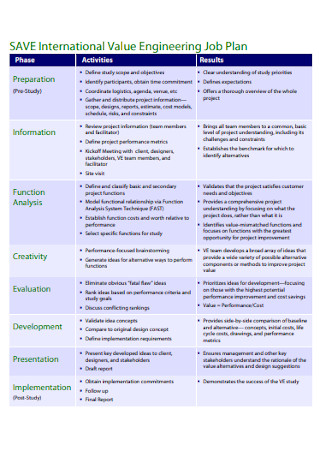
Engineering Job Plan Template
download now -
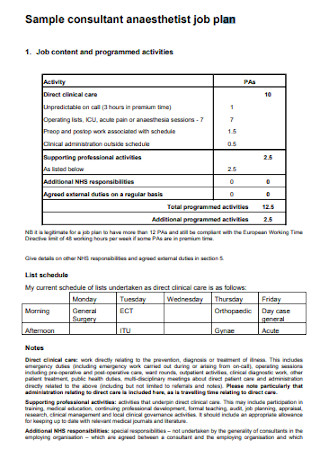
Sample Consultant Anaesthetist Job Plan
download now -
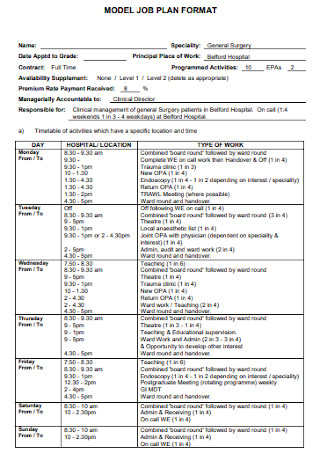
Model Job Plan Format
download now -
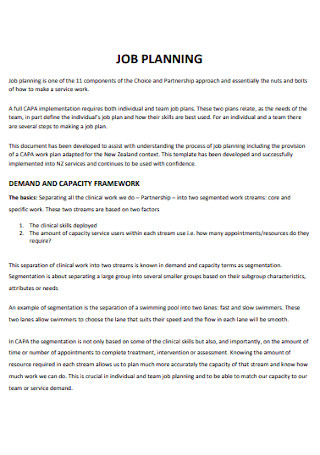
Partnership Job Plan Template
download now -
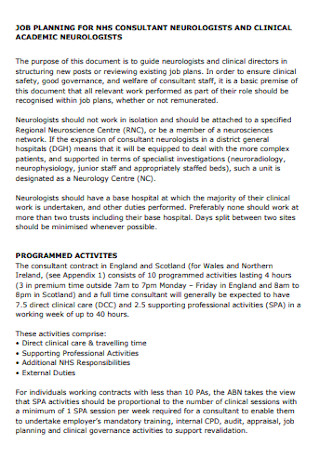
Academic job Plan
download now -

Basic Job Plan Template
download now -
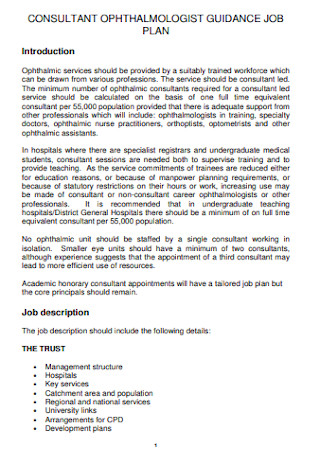
College Job Plan Template
download now -
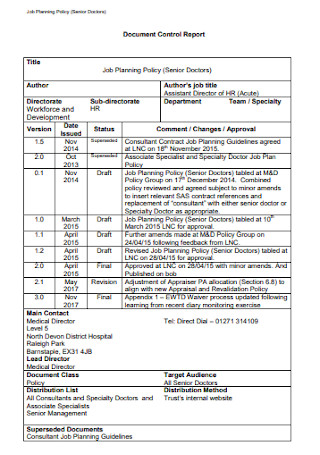
Job Plan Report Template
download now -
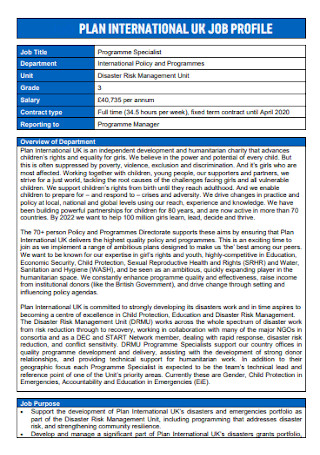
Job Profile Plan Template
download now -
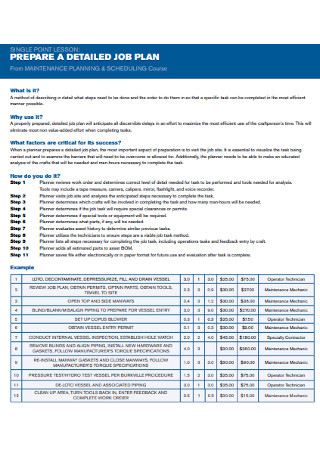
Institute Job Plan Template
download now -

Job Planning policy Template
download now -
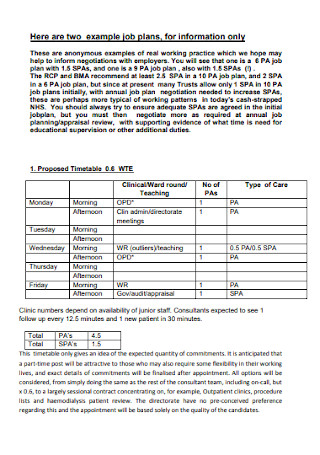
Simple Job Plan Example
download now -
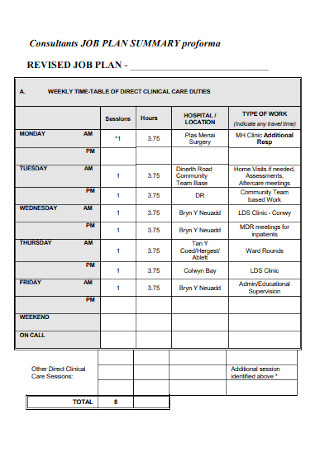
Consultants Job Plan Template
download now -
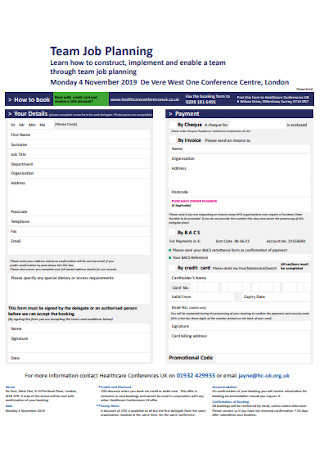
Team Job Plan Template
download now -
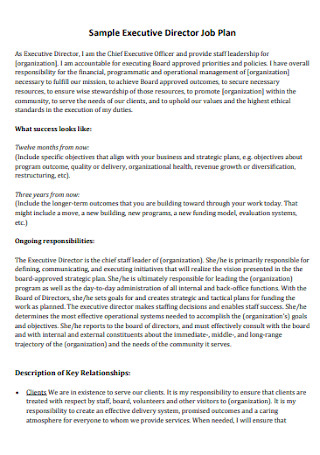
Sample Executive Director Job Plan
download now -
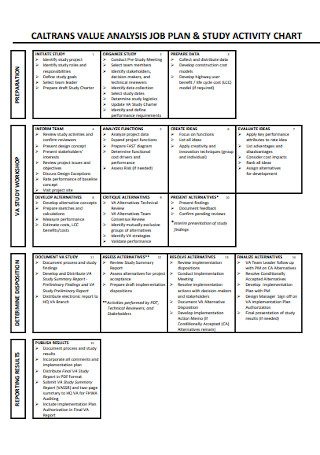
Job Plan Chart Template
download now -
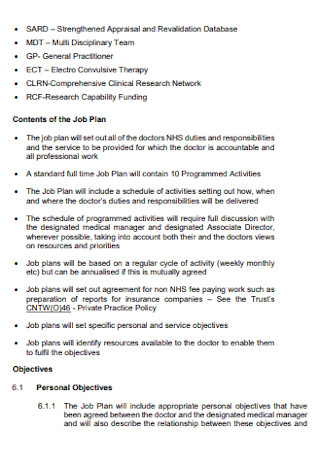
Medical Job Plan Template
download now -
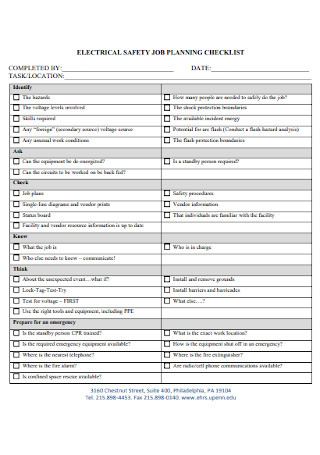
Electrical Safety Job Planning Checklist
download now -
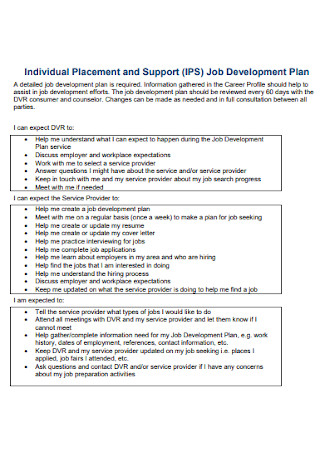
Job Development Plan
download now -
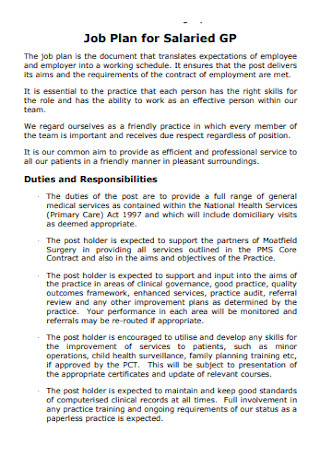
Job Plan for Salaried
download now -
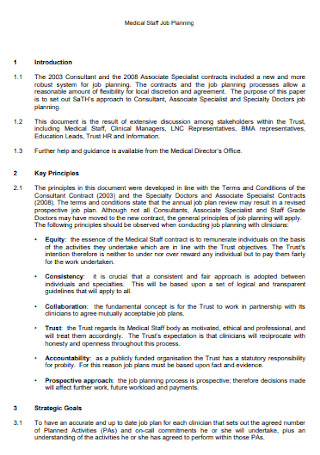
Medical Staff Job Planning Template
download now -
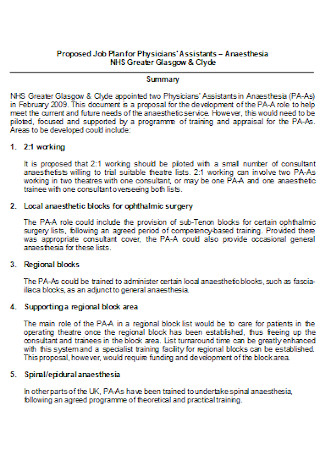
Job Plan for Physicians
download now
FREE Job Plan s to Download
23+ Sample Job Plan Templates
What Is a Job Plan?
The Four Major Sections of a Job Plan
How Much Detail Is Necessary for Job Plans?
How to Prepare a Job Plan
FAQs
Why should you work on a job plan instead of a standard job description?
What are some basic tips for writing a job plan?
What is employee work planning?
What Is a Job Plan?
A job plan is a formal document that sets the roadmap and defines the job expectations that you and other employees have for your performance. So from the day-to-day work, you will be guided by the plan of the systematic process and standards to execute while under employment. It implements the best action plan to ensure successful job performances, handle daily maintenance problems, and know how to accomplish professional development.
A 2018 survey reported that 155.76 million people were officially employed in the US.
Meanwhile, the Society for Human Resource Management (SHRM) reported that workforce planning is crucial to developing organizations’ performances.
Why Are Job Plans Important for Companies?
Planning has always been essential for delivering promising results in the future, and the same applies to job planning in companies. In fact, SHRM stated that workforce planning is the key to develop every organization’s performance. And the best part is how realistic and timely the plans are. Scheduling is one of the factors to consider for job plans, whether you need to observe specific goals daily, weekly, monthly, quarterly, or annually. More so, job plans are up to date; hence, employees will not be left behind on what to do or achieve.
Job plans remind employees about what they actually do and are more detailed than job descriptions. A job plan can even be personalized for each employee instead of having a one-document-for-all type of plan. At least, job goals and expectations will finally be emphasized, rather than forgotten. Also, these plans are vital for training and assessment. You can track an employee’s performance, personal goals, and significant responsibilities. The same goes for the needed changes for anyone’s job. Thus, this is a must-have for every company.
The Four Major Sections of a Job Plan
Job plans are often organized into four sections. You must ensure that your plan consists of those major sections for it to be efficient and effective. And the four major sections of a job plan are the following:
How Much Detail Is Necessary for Job Plans?
A job plan varies for every organization, and how much detail is inside also differs. Some can have more elements than the sections that were previously discussed. Generally, a planner should only incorporate less detail in a plan if there are still many backlog jobs available and with a limited amount of time left. And with more time available, more detail ensues. In case you need help with the essential details for your next job plan, kindly follow these tips:
Decide which Jobs to Pay More Attention
According to Statista’s research survey, around 155.76 million people are employed in America as of 2018. In a company, there can be countless jobs and roles involved. But which jobs require more attention in terms of safety, importance, etc.? Note it down. Maybe you focused a lot on helping certain areas that some of the most crucial work has been forgotten. Hence, give only a few details to jobs that are self-explanatory or would not require further instruction. Instead, work on the most urgent and important parts.
Define the Standard Skills for Every Job
What are the standards needed for each job? Or let us say, what is the minimum level of skill required in a job? Remember that if you plan on a job that is fit for an experienced and high-ranking employee, you cannot just go for a lower-rank employee. Focus on what is appropriate because maybe a very simple job has been overly planned, which is a waste of time. And if a job is too complex, there are many ways to adjust, like adding training plans or hiring the most qualified candidates for the position.
Assign Qualified Evaluators
Job planning would not be complete without qualified evaluators or supervisors to monitor the field. An evaluation report can surely make a difference in discovering what problems are up ahead and guiding the staff on how to deal with the job more effectively. Sometimes, organizations have excellent job plans prepared. However, the execution is poor because of having no authorized person to evaluate results. And these evaluators are crucial to know if there is progress in the job or not.
Aim for Better Solutions and Processes Next Time
Last but not least, learn from the feedback and evaluations by plotting better solutions and procedures next time. First-timers do not automatically create a perfect job plan anyway because adjustments are also part of the process. Rest assured, learnings build progress until you can look forward to better plans and solutions for your organization’s future. Suggest more improvements until the whole plan is close to perfect.
How to Prepare a Job Plan
Now, for the main dish, how do you prepare a job plan correctly? Firstly, you will not have to begin from scratch. Have you seen those sample job plan templates above? Those are your guide in making job plans. Check out each template and find the one you like. Next, fill in the template’s content from the design, format, and other data. Your only concern is what to do next after having a template to use. And you achieve that by following these six easy steps:
Step 1: Write the Job Overview
Be sure you know a lot about the job to plan already, so writing the job overview becomes an easy route for you. A job overview is where you state the standard job description, including how it is valuable to the whole company. A thorough job analysis can surely help you determine what to write here. Also, keep it straightforward since more details will be added in the later sections.
Step 2: Define Success
What is a success for your job? Indeed, it is standard for companies to welcome development and be the very best. But what exactly makes a successful job or business? This step requires you to see the whole job’s point and if it helps in reaching your company’s goals and mission or vision statement. Expect also to explain the result you want or how you want everything to end. However, note that your answers should be attainable and direct.
Step 3: Note the Current Tasks and Responsibilities
What are the current responsibilities or tasks involved in the job? Describe each thoroughly for awareness reasons. Since you are more concerned about what you want from the second step earlier, this third step already requires you to specify the approach or means of how to do the work. And how job descriptions are made will be of the same format for this step. Thus, every activity to accomplish is outlined here.
Step 4: Identify the Key Relationships
Every person would want a positive working relationship with their co-workers. Hence, make an agreement about what everyone expects of one another and define relationships. There might be an open forum to plan afterward in discussing the relationships of workers. For example, does every member of a team acknowledge who their leader is? And that is just one example of a relationship to identify.
Step 5: Jot Down the Development Plans
You might be done in stating the required skills, qualities, knowledge, and other standards outlined before. But do you possess such characteristics and qualities in the first place? If not yet, then development plans are needed. Take this as an opportunity to implement professional and personal development among your organization’s members. In addition, mention the resources from the budget, labor, equipment, and the like.
Step 6: Sort Out the Schedule and Priorities
Maybe there have been issues and misunderstandings between workers about what tasks are worth doing first and when to do them. It would be better to set a calendar so everybody will know of each work’s schedule. The same goes for arranging which tasks are urgent or very important to the least important ones. Nevertheless, clarify every related expectation in this section of your job plan. And once you are happy with the results, launch the job plan.
FAQs
Why should you work on a job plan instead of a standard job description?
Job descriptions simply list the different tasks to work on. They do not really set the goals and objectives or even define the alternate performance levels. In short, a job description is just a part of a job plan; the plan delves more into the job.
What are some basic tips for writing a job plan?
Write a job plan with these three basic tips:
- Use short or simple sentences.
- Be specific.
- Avoid leaving errors or vague details to lessen possible misinterpretations.
What is employee work planning?
Employee work planning refers to an opportunity where the employees and their manager can discuss the basic job objectives, development plans, and personal goals.
Always remember that a job plan is very important because its information helps employees understand the full scope, nature, and level of their jobs. But do not see this as another workload that the entire list of standards, qualifications, duties, skills, and conditions will make your job more challenging. They are simply there to make your job description more understandable and valuable. Download the right job plan from our sample templates now!
